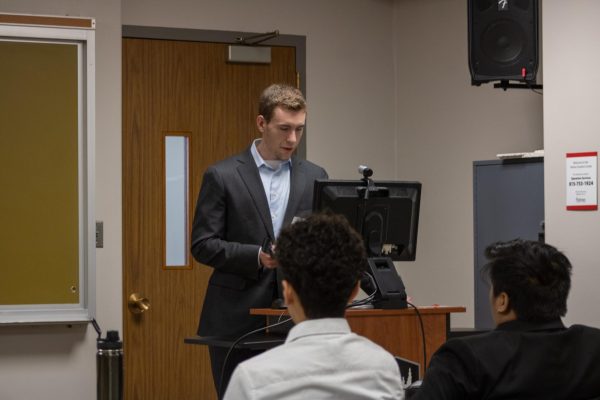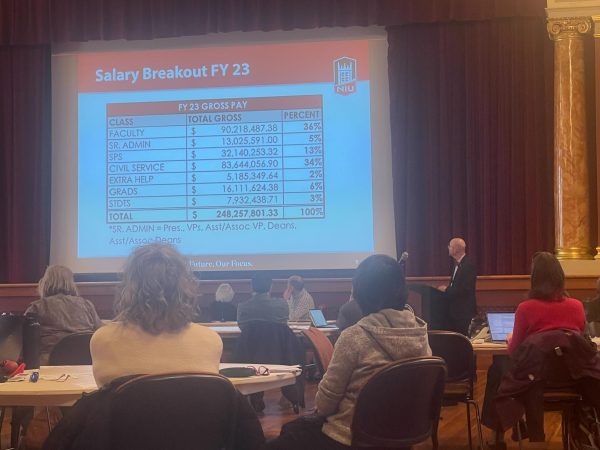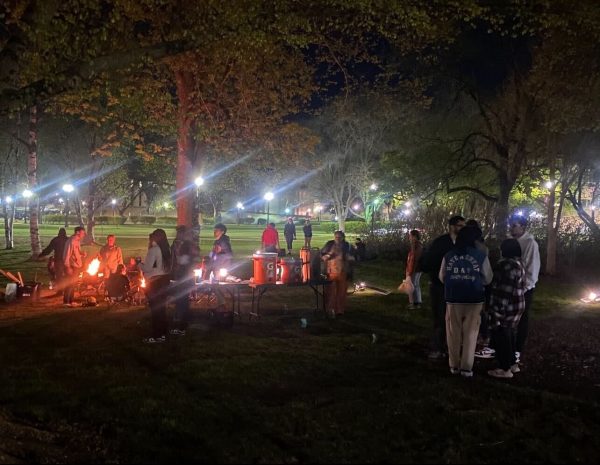Keep your eyes to the sky
November 18, 2002
If there is nothing on television at 4 a.m. Tuesday, head outside and gaze upward to see a phenomena that occurs only once about every 33 years.
The Leonid meteor shower occurs each November when Earth passes through debris from Comet Tempel-Tuttle.
However, it is rare that it reaches this type of potential for visibility and action. According to the Adler Planetarium in Chicago, the peak of the storm could generate 40 meteors every minute or 2,400 meteors per hour.
“Meteor showers like this are exciting,” geology professor Philip Carpenter said. “Every so often you get to see a large meteor shower and they explode and it is pretty exciting.”
The shower will be most visible after 4 a.m. Tuesday.
“Your best bet is to try and get away from the lights in the cities and head out into the more country areas,” geology professor Paul Stoddard said. “It will be in the east or southeast direction and about halfway up the sky. You want the darkest area possible.”
This year, the Leonid meteor shower occurs during a near-full moon. Normally, this prevents a good view of a meteor shower, but this particular year, it might not matter.
“It’s better if there is no moon because the sky is darker and you can see the fainter [showers] too,” associate geology professor Jay Stravers said. “But it could be an interesting evening, because it doesn’t matter if the moon is full if the shower is large.”
The main sight to see will be the several shooting stars that are an offshoot of the shower.
“This one is a particularly active shower, so you will probably see a lot of shooting stars,” Stoddard said. “Shooting stars have always captured the imagination of the public. They are little bits of interplanetary dusts hitting the earth. You are seeing the Earth get a little bit larger each time you see a shooting star.”
Stoddard said that there are a few things to know if you want to take a picture of the shower.
“Take a regular camera on a tripod and aim it towards the eastern part of the sky,” he said. “Leave the shutter open for three to 10 minutes and you will likely capture the streaks of a meteorite.”
Stravers suggests to sit back and enjoy the moment.
“The best thing is to get a sleeping bag and lounge chair and lay back, and look up at the sky and stay warm and see the beautiful meteor shower,” Stravers said. “You don’t need binoculars and you don’t need a telescope.”












